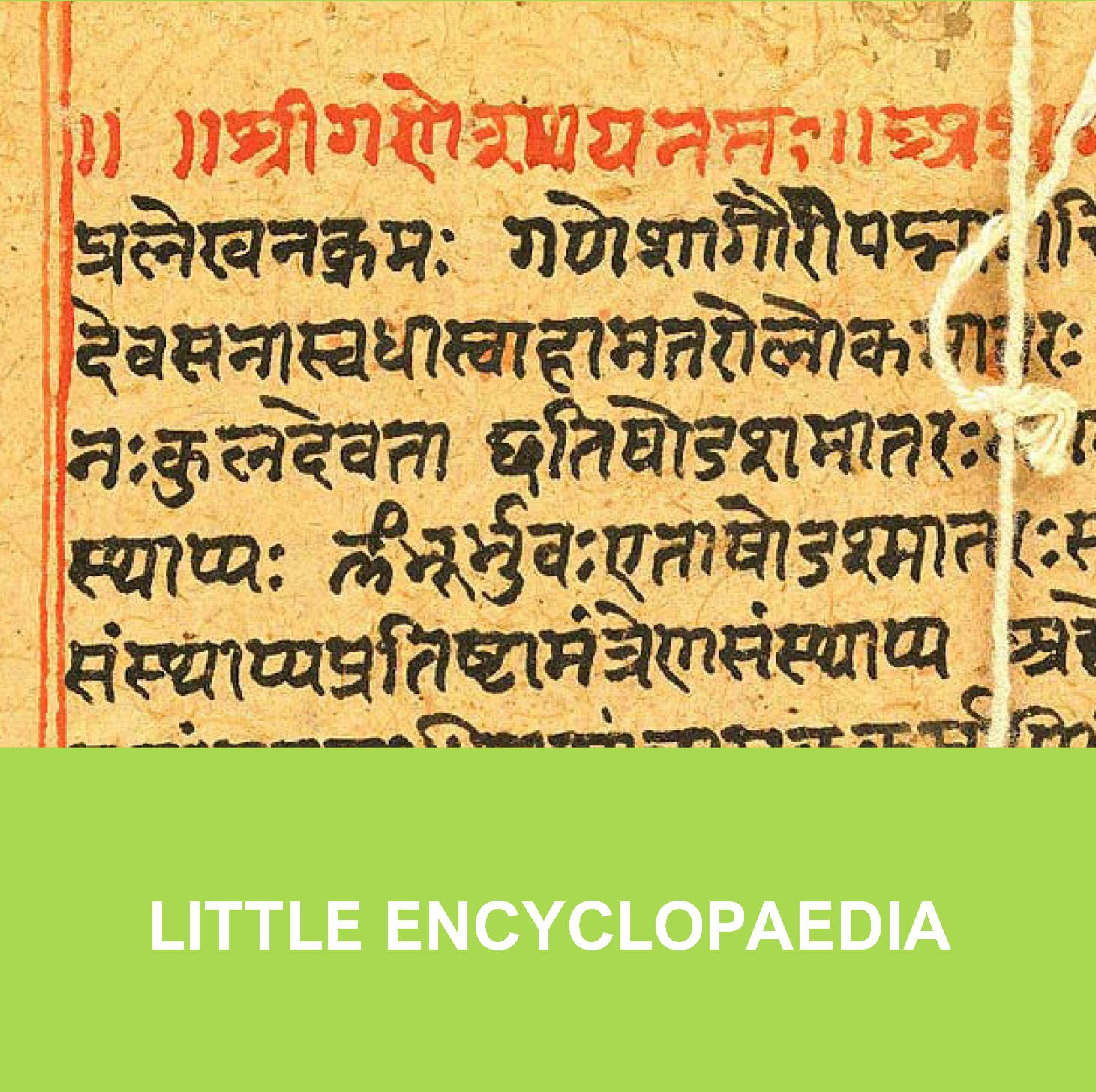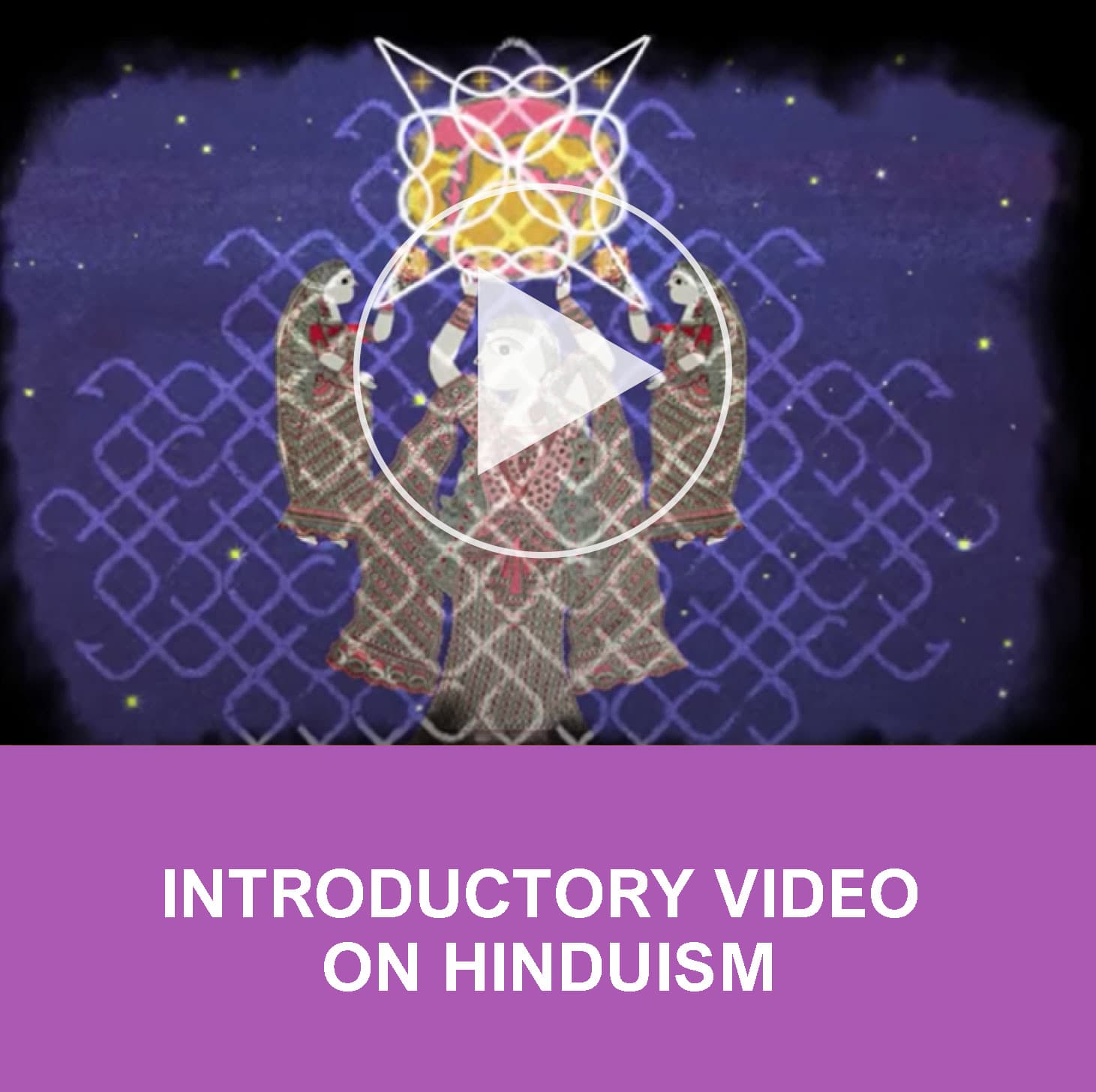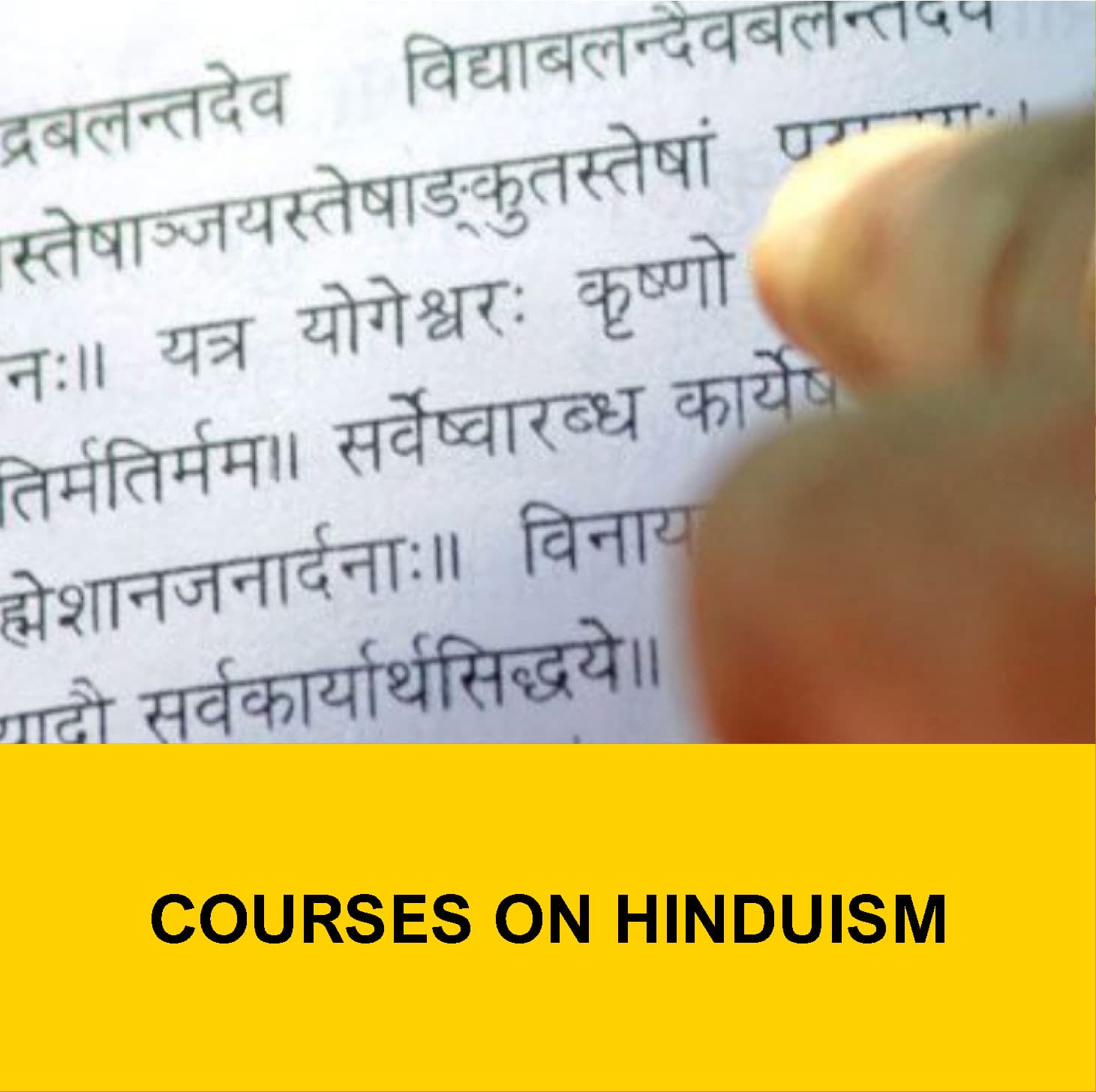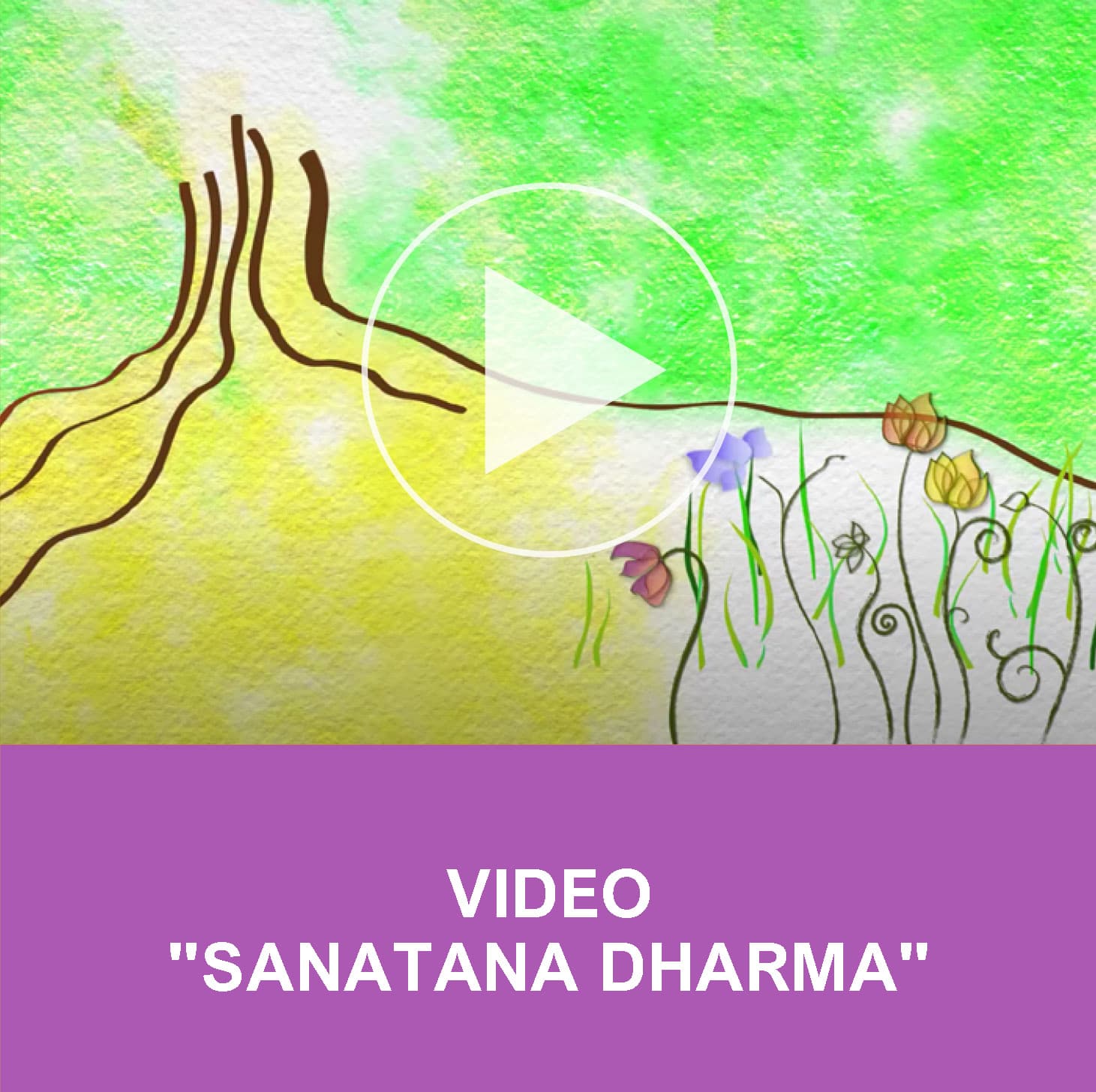HINDUISM IN BRIEF
HINDUISM IN BRIEF
Hinduism is an orthopraxis, rather than a religion and a way of life. It is not based on rigid dogmas. While claiming a history of great philosophical and theological speculation, it prefers an experiential approach, therefore a direct pursuit of Reality.
Hinduism is the third largest religion in the world with over a billion adherents worldwide. Hinduism does not proselytize, as it recognizes all paths leading to Truth as valid.
To the definition of “Hinduism”, traditionally, definitions such as SANATANA DHARMA, “eternal norm”; vaidika-dharma, the religion of the Vedas; matrka-dharma, the Mother of every norm are preferred. The common denominator is the term dharma. DHARMA is the cosmic order of all reality.

DHARMA
The cosmic order, dharma, is the substratum of all that exists; the set of ethical laws that promote peace, growth and harmony between beings. Dharma implies the set of physical, biological and ethical laws that support life; an order that must also be reflected in the actions of man. All that nourishes and supports manifestation, the world, all living beings and society is dharma.
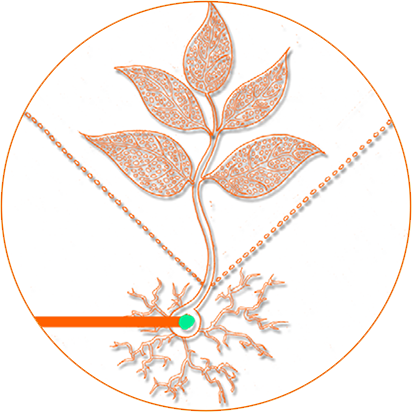
KARMA
The theory of karma is based on the law of cause and effect. The term Karma generally gives the idea of something that is done, an action, a job, a duty. The human being’s fate is in his hands; he is the result of past actions and the creator of future ones. Through these actions, we sow our own future.

MOKSHA
The ultimate end of man is supreme Bliss and union with God, moksha. It is the liberation from ignorance that does not allow to experience infinite bliss.
OM – THE SACRED SYLLABLE
The sacred syllable Om is the primordial sound from which sprang all other sounds and languages, it is the synthesis of three sounds a-u-m, the eternal syllable. It is the symbol of the Absolute vibration and of manifestation itself. It is the vibration present in every existing form, in every human being and in every grain of sand, in every atom. It is the nature of Brahman, the Absolute. It is the essence of the Vedas.

VEDA
Hinduism is not based on the revelation of a single prophet or founder. From the vast ocean of endless knowledge, the ancient seers, rishis, gained an essence to be transmitted to mankind to promote human beings’ welfare and happiness. This eternal knowledge is the VEDA. A knowledge that every human being can, potentially, perceive in a state of deep meditation.
Eternal knowledge, the Vedas, is perceived by wise seers, the rishis.
The Veda outlines the boundaries of Hindu orthodoxy: it is the supreme authority. The foundations of Hindu culture, spirituality, arts and sciences are found in it. The Veda has been preserved intact over thousands of years thanks to the extraordinary mnemonic capacity of the priests, the Brahmins, in charge of transmitting them and preserving their knowledge.
The Hindu sacred Scriptures are divided into two main sets: Shruti, the Divine revelation, and Smriti, texts based on Shruti but compiled by men. There is a large body of Scriptures that contains the wisdom, the history and the spirituality of Hinduism and India. Among these texts, there are the famous Ramayana and Mahabharata, the two great sacred epics; the Puranas rich in myths, symbols, iconographic aspects, celebrations and rituals; the Brahma-sutras, regulatory and doctrinal treatises, Shastra; Tantras and Agamas dedicated to the doctrines of the different traditions.
AMONG THE MAIN SCRIPTURES
SHRUTI
The Divine revelation
SMRITI
Written texts
ITIASA
Mahabharata and Ramayana
PURANA
Full of myths, symbols,
iconographic aspects, celebrations and rites
THE HINDU TEMPLE
The temple is the meeting place between the devotee and God, and the main place of gathering and exchange for cultural communities. It does not, however, constitute a “closed” place, but a bridge between the Hindu community and local community in a process of knowledge and mutual acceptance in which everyone is welcome, where the common good is nourished.

SOME KEY CONCEPTS OF HINDUISM
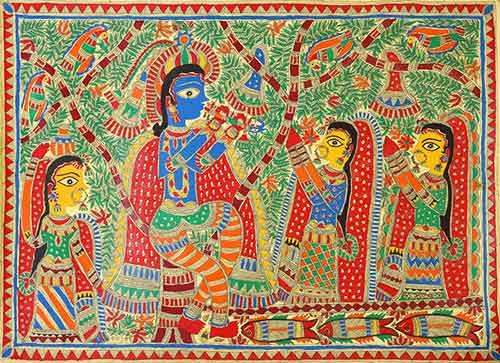
The Hindu concept of time is circular. The universe has no beginning nor end. In Hindu cosmology, it follows an eternal process of emanation and reabsorption, corresponding to the Creator’s, Brahma, exhalation and inhalation. Each cosmic cycle or maha-yuga consists of four ages, yugas: satya, treta, dvapara, kali. Since the perfect era, satya, we witness a gradual decay of virtue. At the end of each Kali-yuga, the manifestation is reabsorbed in a state of latency, pralaya, awaiting a new emanation, shristhi.
The life of human beings is ideally divided into four stages: brahmacharya, grihastha, vanaprastha and samnyasa. Considering ideally a hundred years lifespan, the first twenty-five years matches the period of the student, period in which the Scriptures are studied at the Guru’s abode and chastity is observed. In the following twenty-five years, the family stage starts in which household tasks are performed and the individual actively participates in the economic well-being of society. The third stage involves withdrawal to the forest, a partial withdrawal from mundane life, in which the individual studies the Scriptures in depth and intensifies ascetic and meditative practices. The fourth stage is total renunciation of the world, it is the path of the monk.
The four stages of life they accompany the four human goals: dharma, artha, kama and moksha. The light that illumines everything is dharma, the right behaviour, ethics. Enjoying material things, ever in harmony with the ethical principles of dharma, is artha. Experiencing the sensory and sensual sphere, without being affected by it, is kama. These three goals are defined pravritti, “towards the world.” The fourth scope, moksha, is the emancipation from the bonds of ignorance and the realization of the Absolute. This is the nivritti path, the path of the monk who renounces the world. The monk offers his life to the quest for God and in service to all beings.
Yoga is the union of the individual self with the absolute Self. This quest for union can follow different paths according to the qualities and temperaments of each individual. Countless, as countless are human beings, are the ways that lead to ultimate emancipation, moksha or mukti. The Bhagavad-gita gives a three-fold classification of yoga: Karma-, jnana- and bhakti-yoga, paths that merge one into another and do not exclude one another. Karma yoga is the path of conscious and unselfish action. It’s realization implies not to be attached to the fruit of the action. Jnana-yoga implies intellectual and speculative discrimination, between what is real and what is not. Bhakti yoga is the path of devotion and abandon to a personal form of God. Raja-Yoga provides spiritual and meditative practices of various kinds.
RELIGIOUS PRACTICES OF HINDUISM
Le pratiche religiose dell’induismo sono molte e variano a seconda della tradizione di appartenenza, della propria cultura territoriale di riferimento e da molti altri fattori.
Si possono genericamente riassumere nelle seguenti.
The term YOGA generically means a technique of asceticism or a method of meditation, present in a different form in the various currents of Indian mystical thought and movements, whose purpose is to free man from the constraints of matter, offering a vastness of means. It is distinguished not only by the practical aspect but also by its initiatory nature, which implies a teaching transmitted directly from master to disciple. There are many forms of yoga, as it is a complex discipline and includes physical, meditative and worship practices in a philosophical-religious context.
Home ritual
Each Hindu has a space dedicated to adoration in their home, from a simple wall to an entire room. It can be a space with the image of the dear Deity (Ishta-devata) or familiar or with the photo of one’s spiritual guide, Guru or figures of Saints. Especially the most Orthodox families practice rituals and recite specific hymns and mantras at the moments associated with the passage of the sun (sandhya): sunrise, noon and sunset. The awakening is followed by a ritual bath and adoration (puja) of the family deity, with the offering of water, fruit, incense, light and the sound of bells, accompanied by the recitation of hymns in Sanskrit or regional languages. At other times of the day, family members can sit near the altar of the Divinity and meditate, read the Scriptures, practice silence or sing devotional songs. In some families, women start the day by tracing on the ground, with rice flour or colored powders, in front of the entrance door, geometric diagrams or auspicious religious symbols. A common practice, especially in India, is to donate part of one’s food to the needy and always leave a portion available to birds and other animals.Worship ritual (puja)
Perhaps the most widespread religious practice is the puja: the ritual of devotional worship. Pūjā is what defeats sin. Puja is an expression of bhakti, devotion to God, so it is not a mere formal or mechanical veneration but is the establishment of an intimate and personal relationship of non-selfish love. In puja, the Deity is worshiped as an important guest. The gentle gestures of hospitality are addressed to her: she is invited to sit, symbolically in the seat of the devotee’s heart, her feet are washed, and pure water is offered to drink. Sitting on the seat, she is washed, adorned with perfumes, flowers, colors, symbols of the elements and the cosmos, and also delighted by the gift of food and nourished by the fruits of our actions. Finally, the Light of knowledge dissolves the darkness of ignorance. The offerings for the cult (upacara) can vary from a minimum of 5 to a maximum of 64; and in the most elaborate forms they can be even more. The purpose of the puja is the identity with the Divine Principle which can be represented in a statue, murti, or in a geometric and abstract symbol, yantra. Puja can be of various types, from a simpler domestic one to a more complex and formal one within temples.Darshana
In the temple, some cult figures perform puja daily, one or more times a day. Generally the ritual takes place, with closed tents, in the sancta-santorum (garbha-grha) where the main deity of the temple lives. The final moment of the puja is the darshana in which the curtains open and the fire of the arati illuminates the Divine image. The devotee finds in darshana, literally the “vision” of God, the moment of maximum intensity.Arati
During the arati, the fire of the candles is made to oscillate in front of the image of the Divinity. This fire is then brought among the devotees who, with a gesture of the hands, bring it to the eyes and forehead, and thus internalize the light of Knowledge that it symbolizes. During the arati, the devotee can ring bells, cymbals or percussion instruments; he can sing bhajans or sing devotional hymns. In the same way that, in ancient times, the arrival of an important guest was announced, these acts want to welcome the Divinity and express the great joy generated by her presence. The devotee focuses all senses and mind on the purest qualities and experiences a strong and intimate union with the Divine Principle.Prasada
At the end the consecrated food is distributed (prasada)
Meditation, repetition of God’s name, mantra
Of the Scriptures and sacred texts of their own tradition
Some of the most observed samskaras today are:
Niskramana – the first outing in the fresh air
Annaprasana – first solid food eaten
Cudakarana – at 6 months the first hair cut – at 1 or 3 years of age, this samskara, also known as mundana, caula and vapan, according to tradition, has the effect of extending the child’s life.
Vidyarambha – the beginning of learning – around five years old.
Vivaha – wedding – still celebrated in a traditional way.
Social functions of marriage:
1. to enable man to celebrate rituals thus guaranteeing the continuity of the moral and social order;
2. to enable him to acquire an offspring that will assign him a place among the ancestors.
“The day before the wedding, the bride’s mother decorates her hands with traditional designs (mehendi). During the ceremony, the bride and groom are symbolically purified, decorated, nourished by taking on the gods’ clothes, therefore divine symbols. To please and nourish the forces of the universe, the Gods, the ceremony of fire is celebrated. To please and celebrate the four fathers, the ancestors, marriage, vivaha, is celebrated and through it the family continues its progeny. Fire represents purification, knowledge, warmth, light. The groom puts a necklace around the bride’s neck, symbol of marriage. The bride and groom exchange a promise and mutual commitment with a suggestive prayer. The fundamental act performed by the spouses during the wedding ceremony is the Saptapadi: the seven steps. At each step the spouses seal the intentions of their union by reciting Vedic verses.” (Hinduism n.3, page 42)
Antyesti – funeral – last oblation. “When a person dies, firstly rituals of atonement are performed accompanied by the gift of a cow (now replaced by a sum of money) to the brahmins; then the body of the deceased, wrapped in new and clean clothes and adorned with fresh flowers, is transported in procession to the cremation ground playing music, singing and chanting litanies of the names of God; once there, the corpse is immersed in water for purification purposes, sprinkled with ghee and placed on the pyre. At the same time, a mantra is chanted to ward off the spirits and food is offered to the deceased; then the firstborn male child or the closest male relative goes around the pyre three or seven times reciting a propitiatory mantra and finally sets it on fire. Each of those present sprinkles water on the ashes; then some remains are collected: they were once placed in an urn and buried under a mound of earth, while today they are almost always dispersed in the waters of a sacred river.” (Piano, Sanatana Dharma. pp. 271-2)
The vrata expresses a vow that the individual chooses to voluntarily follow. Vows are mainly observed by women. The vows can be classified according to some main factors: whether it is a vow of the body, of the word, of the mind. The second classification is determined by time, moment and duration. The third classification is linked to an aspect of the divine to which one wishes to dedicate the vow. Finally, grades can be classified according to the role you have in society or whether you are a man or a woman. The duration of the vrata varies according to the reason for which it is observed. There are vows that last for long periods of six months, one year up to others that last a lifetime. Each vrata is prescribed a food to eat or avoid.Fasting (anahara)Already used by the ancient seers as a means of purification of the body, mind and spirit, fasting aims to bring man closer to the Presence of God. The forms of fasting are also numerous and include many variations: from the simple abstention from cooked food, allowing fruit and milk, up to the form of complete fasting in which no type of food is taken. The clear spiritual benefits are flanked by beneficial repercussions on the entire human organism.
Silence (mauna)
Silence is a widespread practice among ascetics, spiritual seekers (sadhakas) and even heads of families. Mauna is not the simple abstention from speaking, it must also involve silence, a peace of mind and emotions.

COUNTRIES WITH GREATER CONCENTRATION OF HINDUS
Hinduism in the world has over a billion faithful spread over all continents (15% of the entire population of the planet). Along with Christianity (31.5%), Islam (23.2%) and Buddhism (7.1%), Hinduism is one of the four major religions in existence by percentage of adherents.

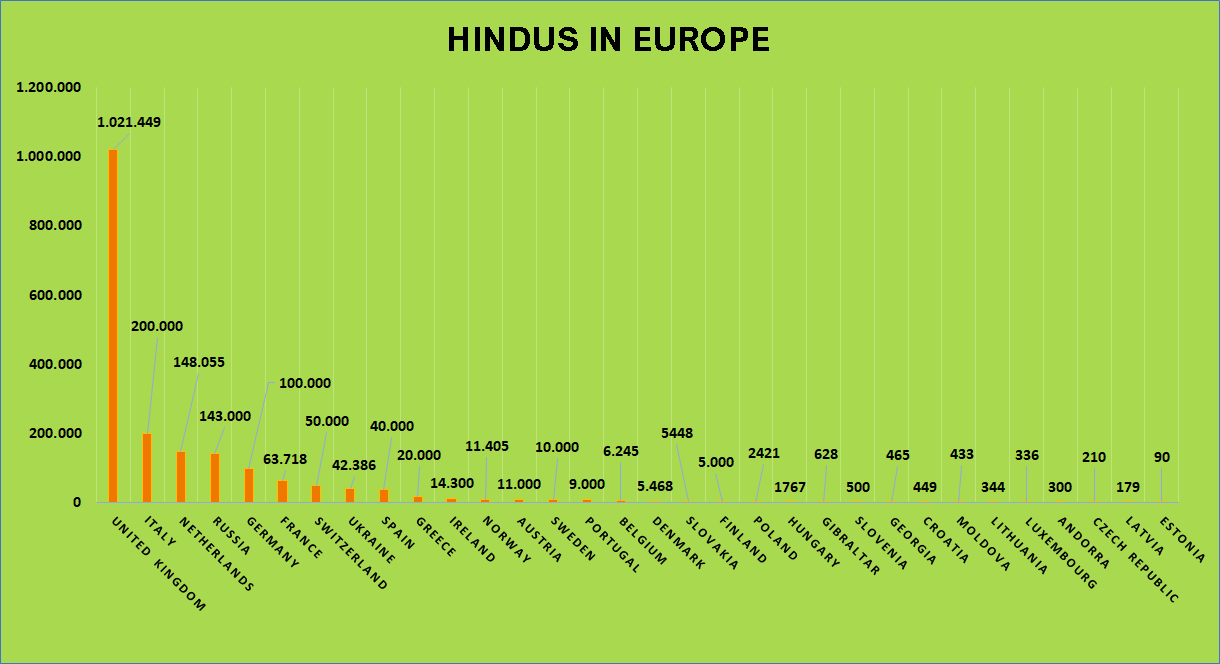
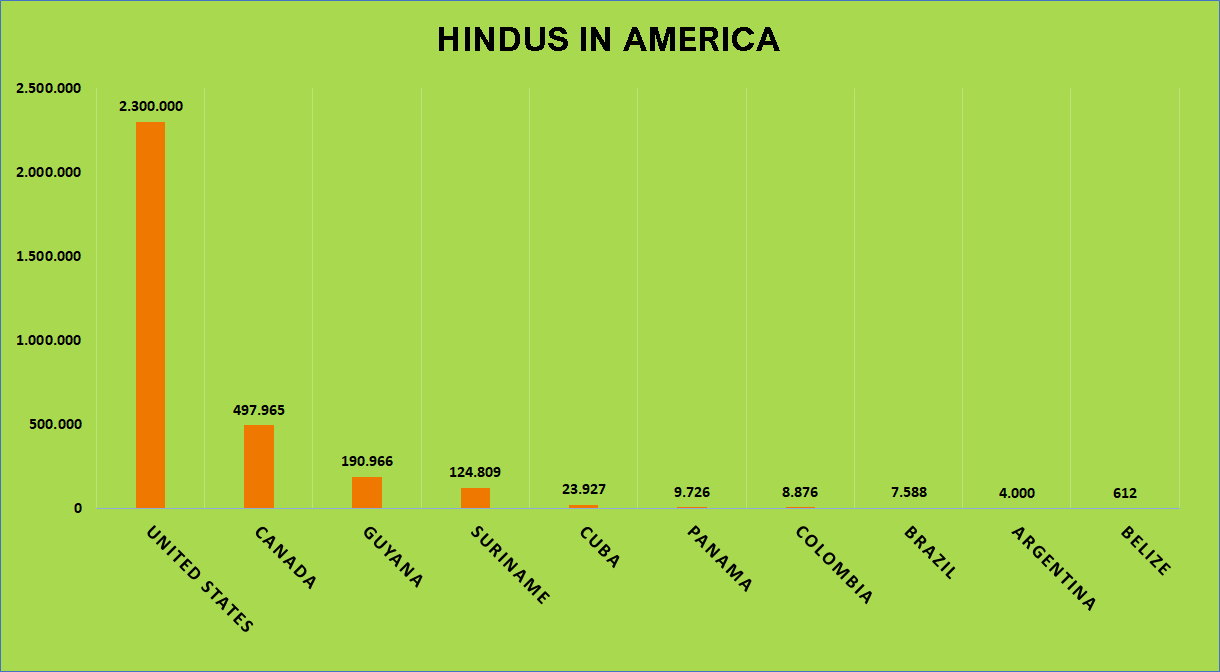
HINDUISM IN ITALY
Eurispes produced the First Report “Hinduism in Italy”; the first in-depth research on Hinduism in our country, which depicts this reality from different perspectives and gives a direct voice to Hindus, both Italians and foreigners who live on our territory. The survey was conducted in the period between May 2018 and June 2019 and involved 330 Italian Hindus and 519 Hindus of foreign origin living in Italy, aged 18 and over. The survey was carried out mainly in Hindu temples, but also in places of aggregation of Indian workers. The questionnaires investigated several thematic areas related to culture and religious practice, the status of women, school integration, discrimination, knowledge of Hinduism and stereotypes. (Quoted from the Eurispes website)
The research we present here has the following traits. It took more than a year and a half to be completed, employed dozens of researchers and journalists; it involved hundreds of interviewees and over thirty opinion leaders. It has tempted to define a complex religion, difficult for the Western world to understand, due to its numerous “cultural preservatives”, as Raimon Panikkar would have said. The aim was to free Hinduism from widespread stereotypes such as its alleged polytheism and to find its strong underlying identity.
[…]
The survey gives an outline of the more than 200,000 Hindus present in Italy, dividing them according to age, gender, education, origin, etc., picturing their values, objectives, integration, employment, relationship with other faiths, the role of women, to name just a few of the fields studied.
The resulting research is a work of considerable complexity that is unique in the panorama of Italian sociology because such a study had never been conducted before and, precisely for this reason, represents an unavoidable reference point for anyone who deals with Hinduism in Italy.
[…]
The survey was entrusted to Eurispes, one of the most prestigious research institutes in Italy and abroad, renowned for its impartiality.
Now that the research is over, our real work begins, namely that of transforming suggestions, criticisms, analysis into operational implications that can help us carry out our task as representatives of Hinduism in Italy even better.”
(Quoted from the preface to the Report by the President of the Italian Hindu Union – Sanatana Dharma Samgha, Franco Di Maria Jayendranatha)


